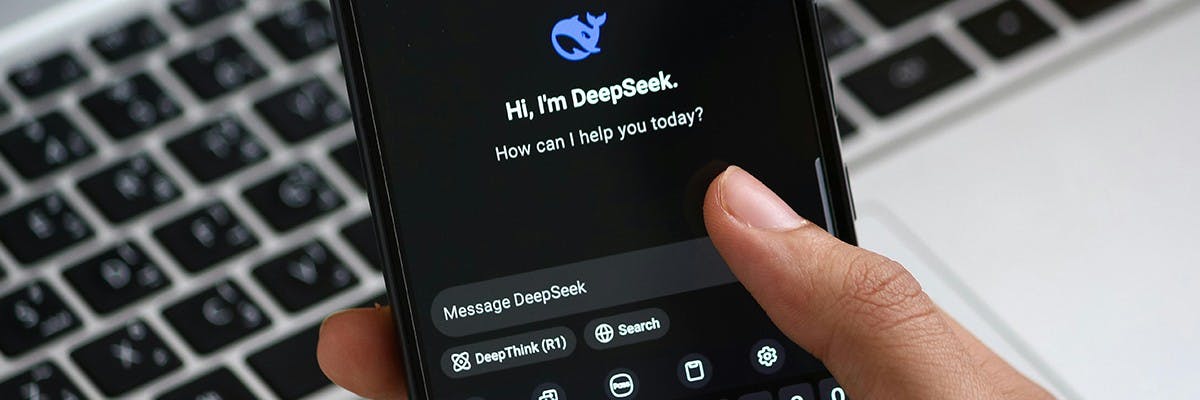belong to world
The World of AI: Since When Did Matrix Become More Fascinating Than Reality?
Artificial intelligence has become one of the most hotly debated topics in recent years, sparking both excitement and fear. On the one hand, its potential seems boundless; on the other, its rapid development raises many questions, fueling concerns about the future and the possibility that it might spiral out of our control. From ChatGPT to Meta AI, to the latest images generated in the style of Studio Ghibli, AI has become part of our everyday lives—a real revolution.

Talking about artificial intelligence means confronting two sides of the same coin—two aspects that coexist in how each of us chooses to use this new technology that now fuels our creativity. On one side, there’s the promise of simplified access to knowledge and enhanced research capabilities. On the other, there are risks that this very simplicity and accessibility pose to those who adopt it. So the most interesting question when it comes to AI is: should we focus on the tool itself—or on the use we intend to make of it?
To understand this fully—without fueling opposing camps—we can turn to the words of Father Paolo Benanti, an ethics expert and President of the United Nations' AI Advisory Body. According to him, AI can be “a multiplier of knowledge, a way to bridge distances between people—but also the worst system of injustice and social differentiation.”
There is no way to guarantee which side will prevail unless we take into account how each of us decides to use it.
The fear that AI could lead to a massive loss of jobs is a recurring theme. Automation and increasingly sophisticated technologies do pose a risk of reducing traditional roles, pushing people into the background. It will be up to companies to decide which path to follow—whether to use AI in a way that excludes human value, or instead, to integrate and enhance it. At Teddy, we have chosen the latter path.

AI, like every technological tool that came before it, is here to serve us. But for that to happen, we need to have a clear purpose—a path to follow. As a Group, our primary goal is the growth and development of the individual. We pursue what we see as a true mission—through the fashion we offer with our brands, and through a vision of corporate life centered on each person’s needs and aspirations. Again borrowing the words of Father Benanti, “AI imitates our ways of doing things, and that’s why it seems intelligent.” It’s clear then that, to get the most out of AI, we must embrace a humanistic vision—the ideal environment in which people are not trained like machines, but educated in beauty, ethical responsibility, and the power of dreaming. A dream understood as the desire to constantly expand one’s horizons, keeping alive the spark that allows for true artistic creation—in which AI can become a valuable support.
Every technological revolution has sparked both resistance and enthusiasm. But as Father Benanti often points out, it is humanity itself—since the dawn of our existence—that has been the true agent of technological transformation. Whether inventing the wheel or designing an algorithm that simplifies genetic research, the human and the technological elements have always been inseparable. Creative thinking and a constructive approach to reality have always pushed people to imagine new ways of interacting, learning, and taking control—where technology, now digital and once mechanical, is simply a tool at the service of its user.
There is no such thing as “bad AI” as long as the lens through which it is viewed is guided by a positive purpose—whether that’s curiosity, learning, or even entertainment. Benanti himself sees AI as an incredibly useful aid for knowledge, but even this leads to a deeper question: How does AI know?

And that brings us back to the fun Ghibli-style images. Sure, we could argue that ChatGPT in this case has diminished the artistic value of that iconic animation style—but since its inception, art has always allowed inspiration, if not replication. The more interesting issue is how AI uses our choices to learn, to understand, and to be of service to us in the most effective way. Once again, it is how we use the tool that determines its ability to meet our needs.
So what do we choose to create using artificial intelligence? The possibilities are endless, all shaped by the story we choose to tell. Each of us stands at a crossroads—like Neo in The Matrix, between the red pill and the blue one. We are called to use technology either to understand and tell the truth about our reality—or to hide it, crafting a fictional version of our story.
Another reflection emerges from the pairing of revolution and change. Imagining a world frozen in time, immutable, is ultimately impossible—but would it even be desirable? Our history is made up of constant transformation, and only a mindset open to that possibility can embrace reality in all its imperfections—not just its achievements and victories. This is a crucial shift, because it’s the only one that allows us to use any technological tool not as a filter over reality, but as a support for narrating a story that is constantly evolving.
We are the best possible training ground for artificial intelligence—precisely because of our ability to change and evolve, to learn, to take risks, to desire, to make mistakes, and to tell our stories. The human face, and its uniqueness, is the true engine of AI—and that is what we have once again chosen to invest in.
After all, what is AI if not a product of human intelligence and freedom? It would be madness to use it to suppress or diminish that very freedom. For us, AI is unquestionably a tool for liberation. As Jovanotti sings: “We are the human element in the machine—and we are free under the clouds.”